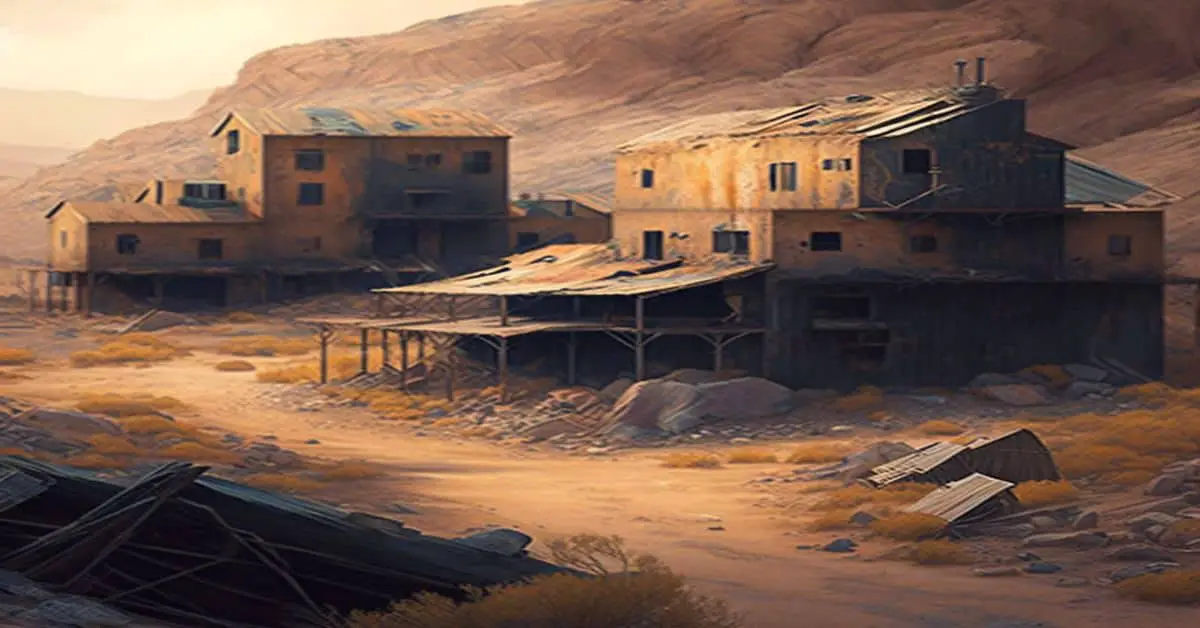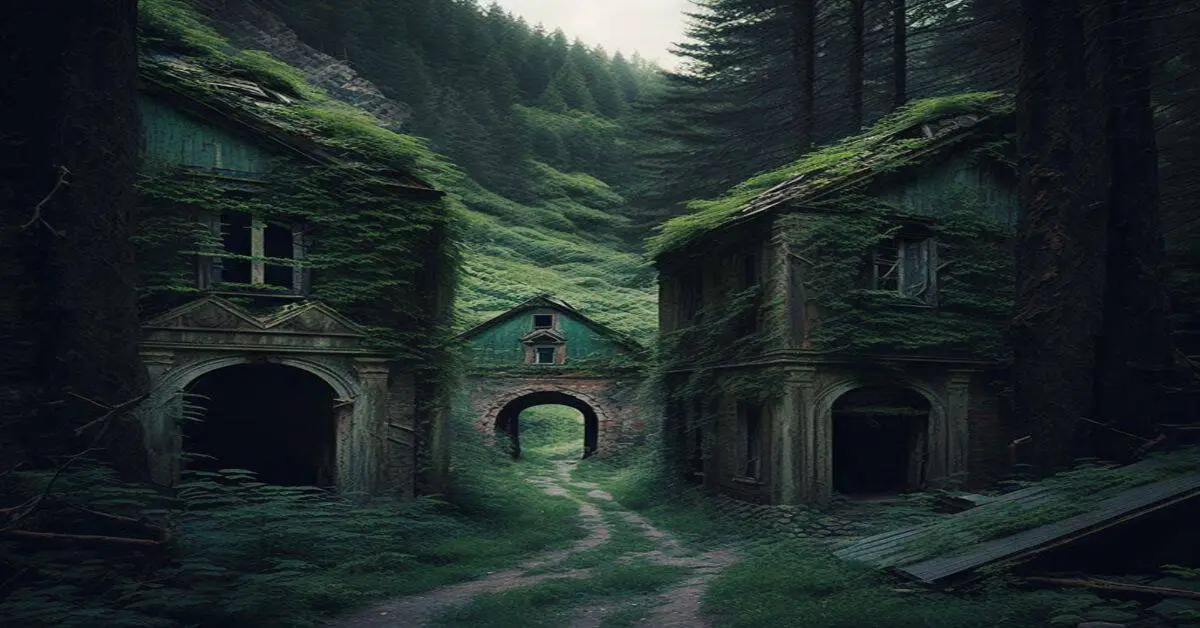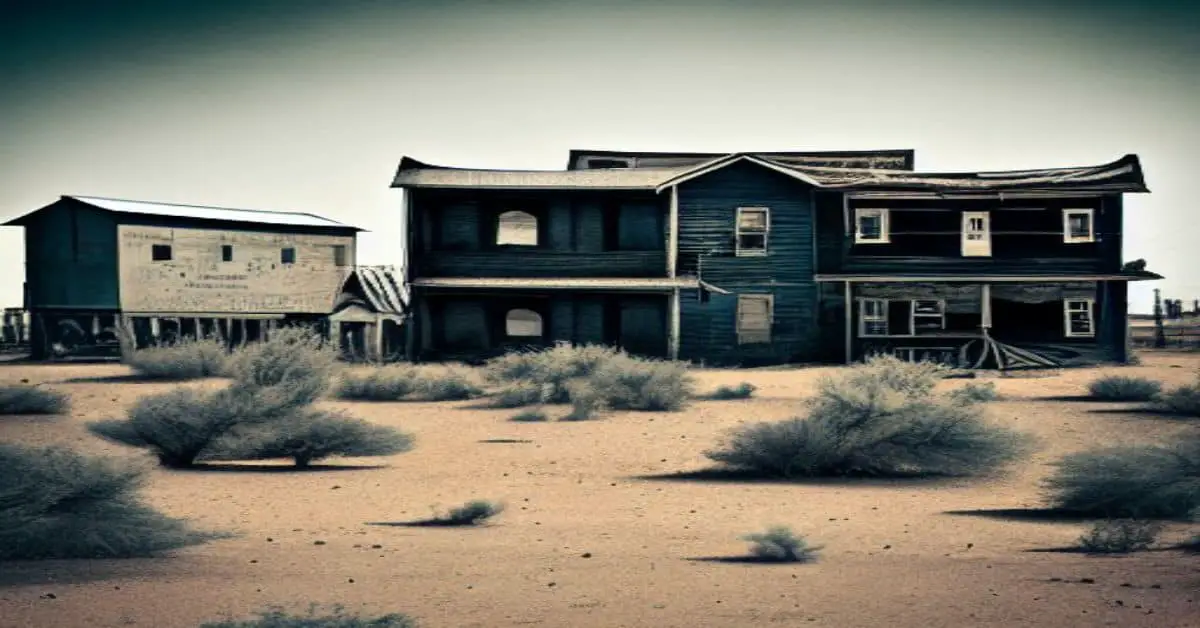Red Mountain, a former gold mining town located near Ouray, Colorado, is a captivating destination for history enthusiasts. Despite its tumultuous past of fires and multiple relocations, Red Mountain yielded an estimated $30,000,000 in gold from its mines, significantly contributing to the American West’s economic development.
Today, visitors can explore several remaining buildings and see mining equipment, providing a glimpse into the town’s rich past.
Discovering Red Mountain: A Colorado Ghost Town is a must-read for anyone interested in the history of the American West. The book provides a comprehensive account of the town’s location, history, remains, and attractions, making it a valuable resource for researchers and tourists. It offers an objective and detailed exploration of Red Mountain’s past, highlighting the town’s significance and providing insight into the challenges faced by early settlers and miners.
Through this article, we will delve deeper into the location and history of Red Mountain, explore the town’s remains and attractions, and discuss notable visitors who have made their way to this fascinating destination.
Key Takeaways
- ‘Discovering Red Mountain: A Colorado Ghost Town’ is a must-read book for anyone interested in the history of the American West.
- Red Mountain was a former gold mining town in Colorado that yielded an estimated $30,000,000 in gold from its mines.
- Visitors can explore several remaining buildings and mining equipment in Red Mountain, offering a unique glimpse into the town’s past.
- Despite efforts to preserve the remaining structures, some of the ruins have been demolished and covered over, but preservation efforts continue with ongoing restoration projects and plans to create a historical park in the area.
Location and History
Red Mountain, a former gold mining town located near Ouray, had to be relocated multiple times to accommodate roads and infrastructure.
In the late 1800s, the town was a bustling hub of activity for miners seeking their fortunes, with a population once exceeding 10,000 people.
The town’s success is evident in the estimated $30,000,000 in gold from the mines.
However, fires plagued the town, and many of the ruins seen in old pictures have since been demolished and covered over.
Red Mountain’s economic impact was significant, as it was one of Colorado’s most profitable mining towns during its heyday.
The town’s relocation was necessary due to the construction of roads and the need for infrastructure to support the mining operations.
Today, several buildings and some mining equipment remain, attracting visitors interested in the town’s history and the stories of those who lived and worked there.
Remains and Attractions
Red Mountain’s remaining structures and mining equipment offer visitors a chance to explore artifacts from the town’s past. These structures include the remains of a hotel, a saloon, and several residences. Many of these buildings have been preserved and restored, allowing visitors to see the town as it once was. Additionally, mining equipment, such as ore carts and a stamp mill, can be found throughout the area, providing insight into the town’s once-thriving mining industry.
Despite efforts to preserve the remaining structures, some ruins have been demolished and covered. However, preservation efforts continue in Red Mountain, with ongoing restoration projects and plans to create a historical park in the area. Visitors to the town can also take a guided tour to learn more about the history and significance of the remaining structures and artifacts.
Overall, exploring the remains and attractions in Red Mountain provides a unique glimpse into the past and the history of this Colorado ghost town.
Notable Visitors
Prominent personalities including Todd Underwood and Dolores Steele have visited the historic town of Red Mountain.
Todd Underwood, a photographer, visited the town in 2012 and captured some stunning photographs of the remains of the town. He also documented his visit on his blog, sharing his experiences exploring abandoned buildings and mining equipment.
Dolores Steele, a writer and historian, visited the town in 2008 and wrote an article about her experience. She interviewed some of the locals and gathered information about the town’s history, including the gold strikes and the fires that plagued the town.
Both Todd Underwood and Dolores Steele found Red Mountain a fascinating place to visit. They were intrigued by the town’s history and the remains of the buildings and mining equipment. However, they also heard some ghost stories from the locals, which added to the eerie atmosphere of the town.
Despite the town’s abandoned state, it continues attracting visitors interested in exploring its rich history and uncovering its mysteries.
Frequently Asked Questions
What were the major causes of the fires that plagued Red Mountain?
The major causes of fires that plagued Red Mountain were likely due to the impact of the town’s development, including the use of wood for construction and heating and the presence of combustible materials in the mining operations.
How did the gold strikes in the area impact the development of Red Mountain as a town?
The Gold Rush Impact led to the establishment of Red Mountain as a town in the 1870s, with an estimated population of over 10,000 people and an estimated $30,000,000 in gold taken from the mines, driving economic growth.
Are there any legends or ghost stories associated with Red Mountain?
There are rumors of ghost sightings and haunted buildings in Red Mountain, but no concrete evidence or documented stories have been found. Further investigation may reveal more information on possible paranormal activity in the area.
How did the town’s frequent relocations affect its residents and infrastructure?
As the town of Red Mountain frequently relocated to accommodate roads, its residents faced many challenges. The effect on the community included the disruption of daily life, the need to rebuild infrastructure, and the loss of homes and businesses.
What was the role of Otto Mears in developing Red Mountain’s roads and transportation infrastructure?
Otto Mears was critical in developing Red Mountain’s roads and transportation infrastructure. He built roads with grades of 20% and established a transportation revolution that impacted the town’s growth. His legacy is still evident in the area today.


